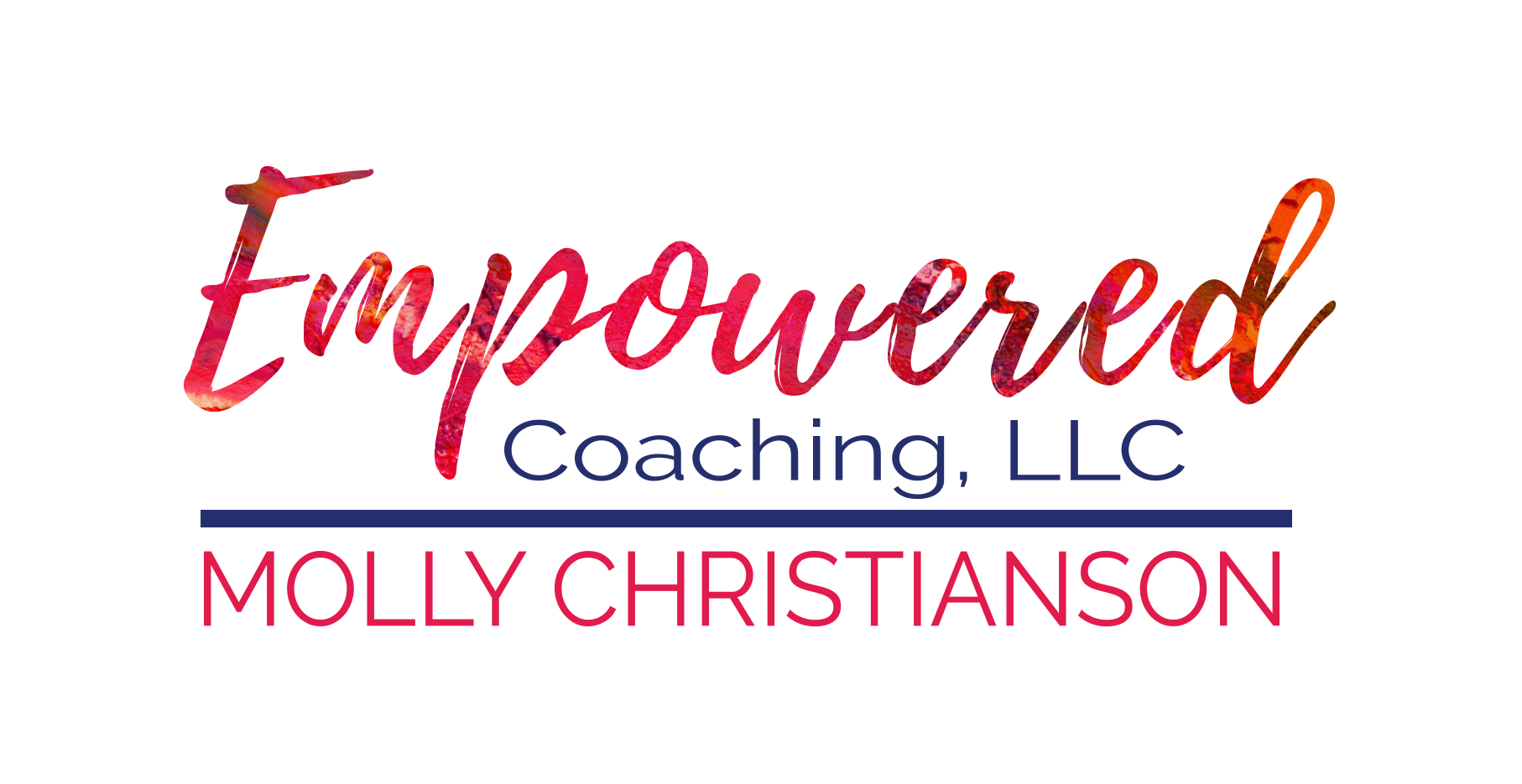Fear Is Like An Annoying, Burning, Out of Reach Itch
Have you ever had the unfortunate experience of having an itch on your back that is just out of reach and so consuming you can't focus on the task in front of you? Perhaps you're in a meeting with your boss and coworkers so you're doing your best to address the discomfort without causing too much of a distraction. You shift your position so that you can rub your backside against the back of the chair without drawing attention. But, it doesn't help. The itch is growing stronger. Your palms begin to sweat. Your heart starts to beat fast and your breath becomes shallow. You know if you don't calm the itch you will soon have a wildfire on your back. You're doing your best to scratch the spot by stretching your arms and shifting your body. No luck. You're about to lose complete control and go into convulsions as your back is screaming “SCRATCH ME! SCRATCH ME! SCRATCH ME!” You think to yourself, “I CAN'T TAKE THIS ANY LONGER!” In a panic you search for something... anything to help you reach and scratch the spot. You grab your pen and reach through the neck of your shirt in an attempt to scratch the itch. Although it is not the hard scratch you’re wanting, it is enough to distract the itch for a second with a tickle sensation. But then, the itch mocks your attempt as it screams louder and causes the burning irritation to intensify and narrow into a very specific cell on your back. You can't take it anymore. You decide to throw out any concern of what your boss or coworkers may think of you as you leap from your chair to find the nearest edge whether that be the corner of a shelving unit, the frame of the door, or the corner where two walls meet. You rub your back hard against the surface just as a bear rubs his on the bark of a tree. You sigh loudly, releasing all tension and anxiety as relief overcomes over you. Auh... such wonderful bliss.
That annoying, burning, and “just out of reach” itch is much like fear. It can start as a small discomfort, something that creates awareness, but is easy to ignore. And then, it can grow into something that is all consuming. When we allow our fear to go unchecked, it keeps us from focusing on and taking care of the task in front of us. It distracts us from making progress on our goals and distorts our perception and decision-making. It tricks us into believing that it is more important than anything else and that the damaging, hurtful messages it is shouting about ourselves and the outcome of our impending action is truth.
In this blog post, I share with you two ways you can address your fears, much like the way you address that annoying, burning and “just out of reach” itch.
The first way to address an itch, or fear, is to take action that is directed at the source of our discomfort. To tackle the annoying and painfully distracting itch, we move our bodies so we can scratch the area until we feel relief. To address our fear, we must face the fear head on, or “Run to the Roar” sort of speak. We start this process by identifying what it is that we are afraid of. If you have ever read Harry Potter, you may recall the character, Voldemort. Voldemort was greatly feared in the wizard world so people wouldn't say his name. Instead, they referred to him as “He-Who-Must-Not-Be-Named.” The wise Dumbledore encouraged the students to use Voledmort's name saying, “Fear of a name increases fear of the thing itself.” In other words, when we name our fear, we take away its power. By identifying what it is that we are afraid of, we are better able to address the fear at its core.
Take a moment now to grab a sheet of paper and a writing utensil. Create a table with three columns and four lines. Leave enough space to write 1-2 sentences in each cell. In the first column, list four things that you want to change, or do differently, in order to move closer to achieving your goal(s). In the second column answer the question “Why you aren't doing what you listed in the first column?” After you have completed columns one and two, in column three answer the question “What is the fear behind doing these things?” As you review your chart, what did you come up with? Did you notice any consistency in your responses or fears?
Now that you are aware of the fears that are keeping you from addressing your “itch”, what changes do you need to make to achieve those four items listed in the first column? Take time now to create an action plan. Keep in mind, that just like an itch, you may need to seek assistance from something or someone outside of yourself to experience the relief you're desiring.
The other way to address an itch, or fear, is to ignore it. My friend, Terryl Cadwell, once told me “An itch is a feeling. It doesn't mean you have to scratch it.” What I loved about this comment is that it reminded me that I am always at choice. Sure, I may be feeling uncomfortable, but that doesn't mean my feelings have to dictate my response. Rather than reacting to my internal experience, I get to choose how I want to respond. I have a choice to sit in the discomfort just as much as I have the choice to ignore it or take action in spite of it.
How will you choose to respond to your next “itch” or fear? Comment below.

